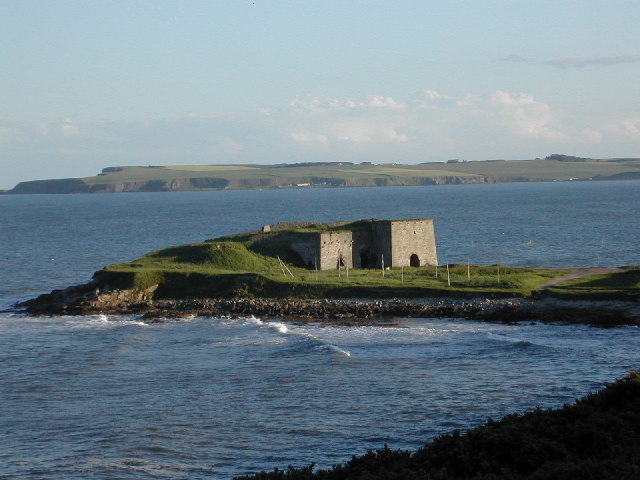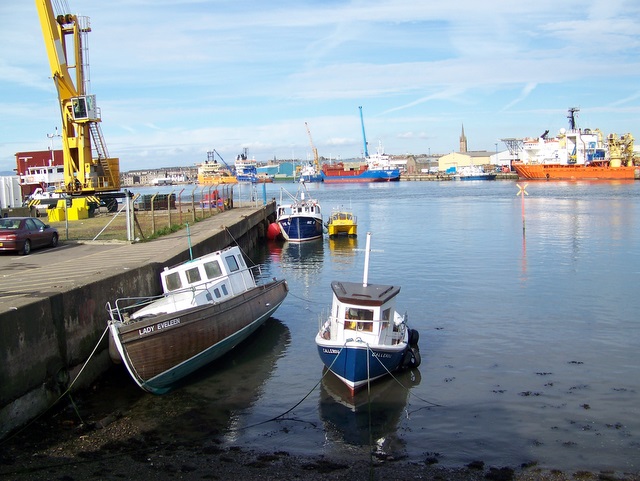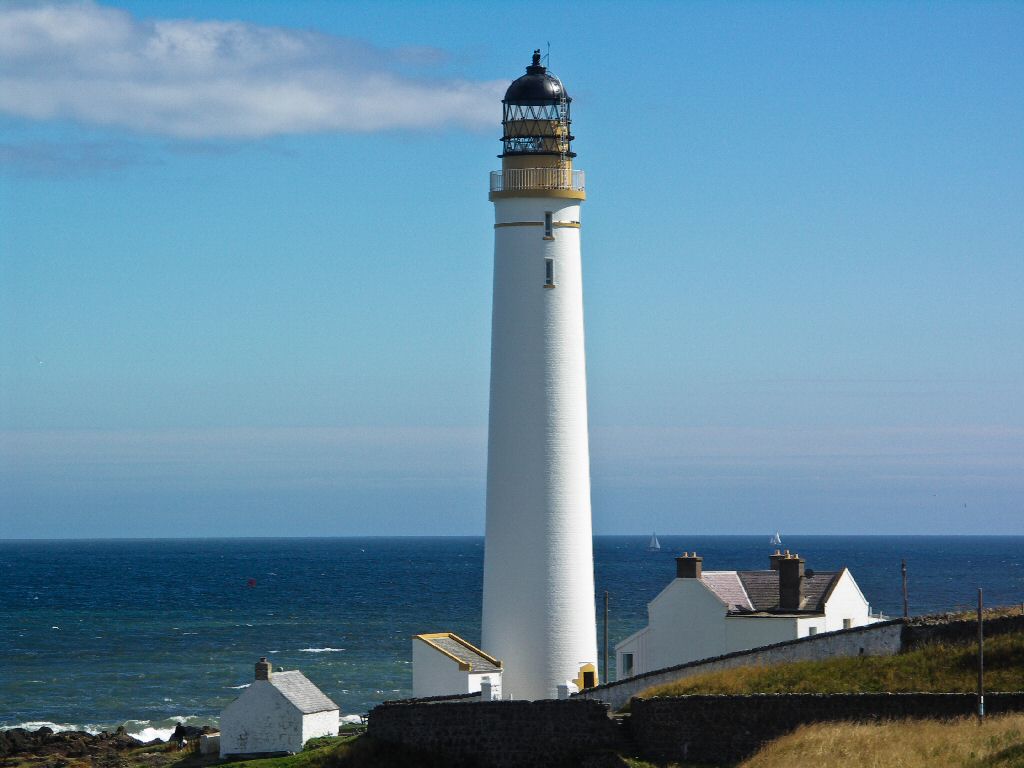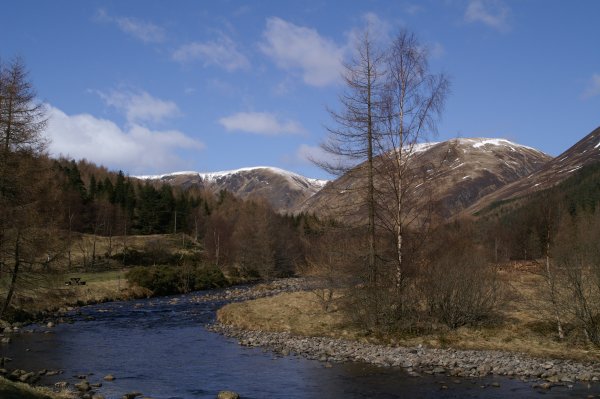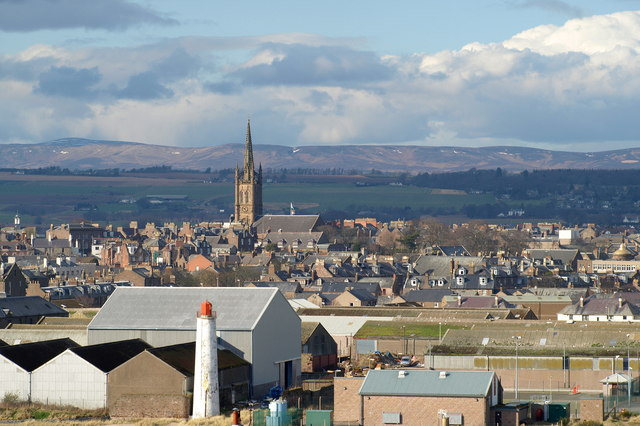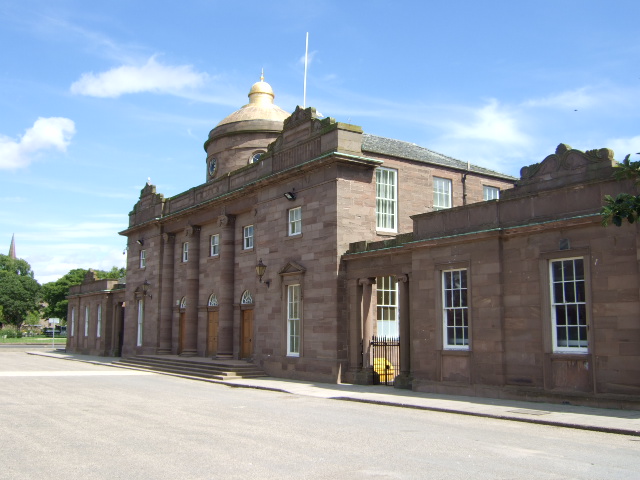Pebble Rock
Island in Angus
Scotland
Pebble Rock

Pebble Rock is a small island located in Angus, Scotland. Situated off the eastern coast of the county, it is known for its unique geological formations and stunning natural beauty. The island gets its name from the abundance of smooth, rounded pebbles that cover its shores.
Covering an area of approximately 10 acres, Pebble Rock is mostly uninhabited, with no permanent residents. It is a popular destination for nature enthusiasts, hikers, and birdwatchers due to its diverse wildlife and picturesque landscapes. The island is home to a variety of bird species, including puffins, guillemots, and razorbills, which nest on the cliffs and rocky outcrops.
The main attraction of Pebble Rock is its distinctive rock formations. The island is composed of layers of sedimentary rocks, creating an impressive display of geological history. Visitors can explore the unique rock formations, walk along the sandy beaches, and admire the crystal-clear waters that surround the island.
Access to Pebble Rock is primarily by boat, with several tour operators offering trips to the island from nearby coastal towns. Visitors can enjoy guided tours or choose to explore the island independently. Camping is allowed on the island, providing an opportunity for overnight stays and a chance to experience the tranquility of this remote location.
Overall, Pebble Rock in Angus is a hidden gem that offers a peaceful retreat away from the hustle and bustle of everyday life. Its breathtaking natural beauty and rich geological features make it a must-visit destination for those seeking a unique and memorable experience in Scotland.
If you have any feedback on the listing, please let us know in the comments section below.
Pebble Rock Images
Images are sourced within 2km of 56.677944/-2.4541097 or Grid Reference NO7254. Thanks to Geograph Open Source API. All images are credited.






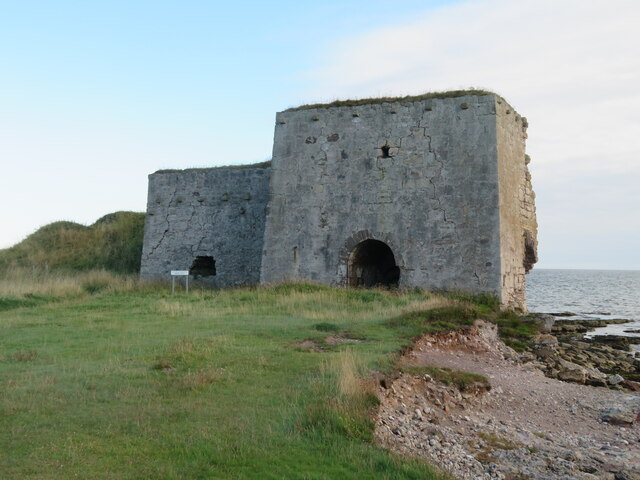
![Remains of an old boat at Boddin Point One can just make out the name of 'Sandra' on the bow of this old fishing boat. I note that on the Scottish coast these boats are known as cobbles [presumably said in the same way as a cobbled street], whereas a similar type of boat on the Yorkshire coast would be a 'coble', the 'co' being the same as that in 'cove'.](https://s0.geograph.org.uk/geophotos/06/97/18/6971876_52dd9bec.jpg)
Pebble Rock is located at Grid Ref: NO7254 (Lat: 56.677944, Lng: -2.4541097)
Unitary Authority: Angus
Police Authority: Tayside
What 3 Words
///gambles.cards.hood. Near Montrose, Angus
Nearby Locations
Related Wikis
Boddin, Angus
Boddin is a coastal village in Angus, Scotland, two miles south of Montrose. There are lime kilns at Boddin Point. == References ==
Ferryden
Ferryden is a village in Angus, Scotland in the community council area of Ferryden & Craig. It lies southerly adjacent to the town of Montrose on the south...
Scurdie Ness
Scurdie Ness is a headland located on the South side of the River South Esk estuary, Montrose, Angus, Scotland. The River leads from the North Sea into...
River South Esk
Note: the southern headwater of the River Esk in Lothian is also known as the South Esk.The South Esk (Scottish Gaelic: Easg Dheas) is a river in Angus...
Montrose railway station (Caledonian Railway)
Montrose railway station was opened on 1 February 1848 by the Aberdeen Railway as a terminus of a short branch from Dubton Junction. Services initially...
Montrose, Angus
Montrose ( mon-TROHZ; Scottish Gaelic: Mon Rois [mɔn ˈrˠɔʃ]) is a town and former royal burgh in Angus, Scotland. Situated 28 miles (45 kilometres) north...
Montrose Academy
Montrose Academy is a coeducational secondary school in Montrose Angus. The School now teaches people from ages 11–18. It became a comprehensive school...
Montrose Royal Infirmary
Montrose Royal Infirmary was a health facility in Bridge Street, Montrose, Angus, Scotland. It was managed by NHS Tayside. It is a Category A listed building...
Nearby Amenities
Located within 500m of 56.677944,-2.4541097Have you been to Pebble Rock?
Leave your review of Pebble Rock below (or comments, questions and feedback).










